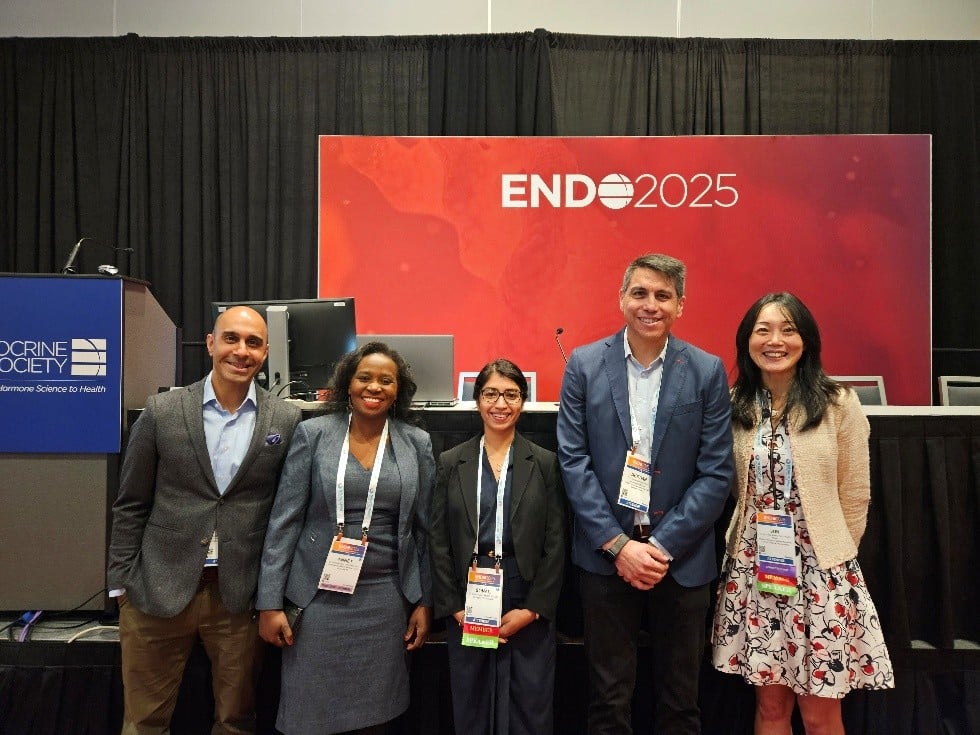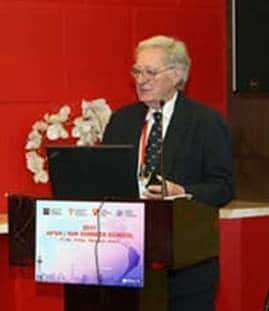Highlights from ENDO 2025: Hypertension and Primary Aldosteronism
By A/Prof Jun Yang and Dr Sonali Shah
The ENDO 2025 meeting in San Francisco featured a series of impactful sessions on hypertension and primary aldosteronism (PA), underscoring the field’s rapid evolution.
Low-renin hypertension. Dr Sonali Shah delivered a symposium session on the importance of recognising low-renin hypertension. She presented a systematic review and meta-analysis showing that low-renin hypertension affects ~30% of the hypertensive population. Importantly, patients with this phenotype demonstrated a better treatment response to mineralocorticoid receptor antagonists (PMID: 38200100), highlighting the clinical relevance of routine renin measurement in the workup of hypertension.

New Primary Aldosteronism guidelines. Another key update was the publication of the 2025 Endocrine Society clinical practice guideline on primary aldosteronism (PMID: 40658480), with Australian hypertension specialists Associate Professor Jun Yang and Professor Michael Stowasser contributing as members of the expert panel. The guideline recommends testing all adults with hypertension using aldosterone and renin, a bold shift aimed at improving the detection of PA, a common, underdiagnosed, and potentially curable form of hypertension.
Simplifying diagnosis and subtyping of primary aldosteronism. Dr Elisabeth Ng presented strategies to manage the expected rise in referrals for PA evaluation. She outlined simplified diagnostic and subtyping algorithms that can support clinicians in navigating high patient volumes while maintaining diagnostic accuracy (PMID: 37531636 and 40099563).
New treatment. Prof Morris Brown reported the results of the SPARK trial, published in NEJM (PMID: 40658651). In a Phase 2 study with 15 participants with PA, treatment with baxdrostat, a selective aldosterone synthase inhibitor, significantly lowered both aldosterone concentrations and blood pressure, offering a novel therapeutic option that directly targets the underlying pathophysiology of PA.
Collectively, these sessions highlight how advances in epidemiology, guidelines, diagnostic strategies, and targeted therapies are transforming the landscape of hypertension and PA care, moving the field closer to precision medicine for a large population of patients.





